Nature, Symbols, and Numbers
Article By Florimond Krins
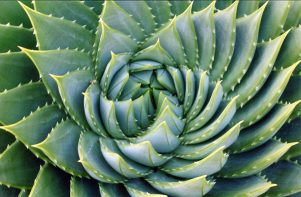 It is no surprise to anyone in our modern world that mathematics is a powerful tool to describe and even predict certain natural phenomena. From the simple cooking recipe to the launch of a rocket into space, mathematics and numbers are used and help us achieve our goals. As far back as antiquity, mathematical equations have been invented or should I say, discovered, that represent the physical world. Mathematics and numbers seem to be present in every aspect of manifestation. They are shared by all civilisations and mankind, they are universal.
It is no surprise to anyone in our modern world that mathematics is a powerful tool to describe and even predict certain natural phenomena. From the simple cooking recipe to the launch of a rocket into space, mathematics and numbers are used and help us achieve our goals. As far back as antiquity, mathematical equations have been invented or should I say, discovered, that represent the physical world. Mathematics and numbers seem to be present in every aspect of manifestation. They are shared by all civilisations and mankind, they are universal.
Numbers are not just an abstract representation of the physical world; they also carry a symbolical meaning. And that meaning is not only shared by a specific group of people or culture, but are also shared with all of mankind. For example: the number one represents unity or the divine; two would represent the duality in Nature, the positive and negative, the masculine and feminine; three would symbolise the spiritual through the trinity, the son, the father and the holy spirit, or Osiris, Isis and Horus. We could go on until the number ten which represents the end of the cycle and restart with the number one again.
Geometry is often used to represent these symbols as it is universally recognised and easily depicted. Nature itself uses almost perfect geometric forms to harmonise its structures: such as the hexagon used by bees in building their hives or the hexagonal shape of snowflakes; the fivefold structures of petals or seeds of trees and their fruit; or the cubic, hexagonal, and rhombohedral arrangements of atoms of minerals and metals. The examples of beautiful geometric shapes in nature are countless and I invite you to look for them.
The growth patterns of minerals, plants and animals follow geometric series or sequences. These series give birth to more complex numbers. A very common example is the so-called Fibonacci series: where the next number of the series is the sum of the two previous numbers giving the sequence: 0,1,1,2,3,5,8,13,21,34,55,89,144, etc…
From this sequence is born the so-called golden proportion or golden ratio, by simply dividing one number of the sequence by the previous one ( . The further you go with the sequence the closer you get to the golden proportion: 1.61803… Like another important irrational number, Pi (π), the golden proportion has no end and can only be approached. Such is the fate of Nature, as it tries to reach perfection but is never able to attain it totally.
The golden proportion is the most common hidden number in nature, as it defines what we would consider harmonious proportions. From minerals to plants, animals and of course human beings, the golden proportion is found when comparing the length of stems or body parts to each other. All shapes and sizes follow the same rule. This number was recognised long ago and used in the construction of our most sacred edifices, from the Great Pyramids of Egypt to the great cathedrals of Europe. And as it is so permanent in Nature, we use it consciously and unconsciously to design our most common objects, from a simple sheet of paper to the credit card in your wallet.
| Number | Symbolical meaning | Representations |
| 0 | The absolute | God, the cosmic egg |
| 1 | Unity | Divine father, the Sun |
| 2 | Duality in Nature | Polarity, good and evil |
| 3 | Trinity, harmonisation of opposites | Equilateral triangle, Threefold Logos |
| 4 | Manifestation | The four elements, Square |
| 5 | Man acting upon Nature | The five-pointed star, Da Vinci Man |
| 6 | Harmony and Balance | The six-pointed star, honeycomb, snowflake |
| 7 | Perfect order | Music, Planets, sins and virtues… |
| 8 | Cosmic order | Octagon (interlacing of two squares) |
| 9 | Related to the trinity | The Muses, 9-month pregnancy |
| 10 | Return to unity | Perfection for the Pythagoreans |
Image Credits: By Kai Schreiber |Wikimedia Commons | CC BY-SA 2.0 |
The entity posting this article assumes the responsibility that images used in this article have the requisite permissionsImage References
By Kai Schreiber |Wikimedia Commons | CC BY-SA 2.0 |
Permissions required for the publishing of this article have been obtained
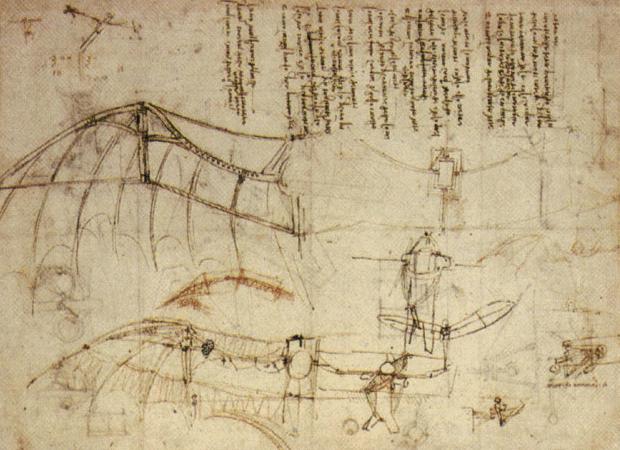
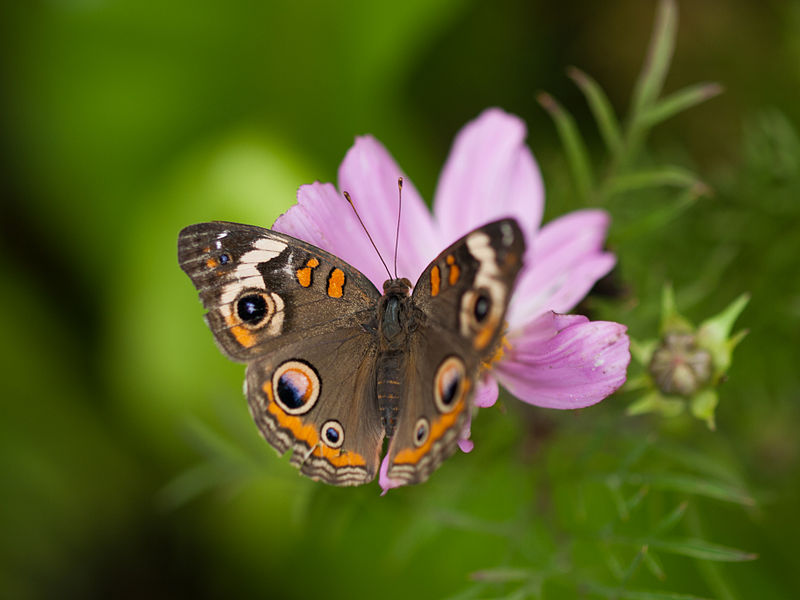
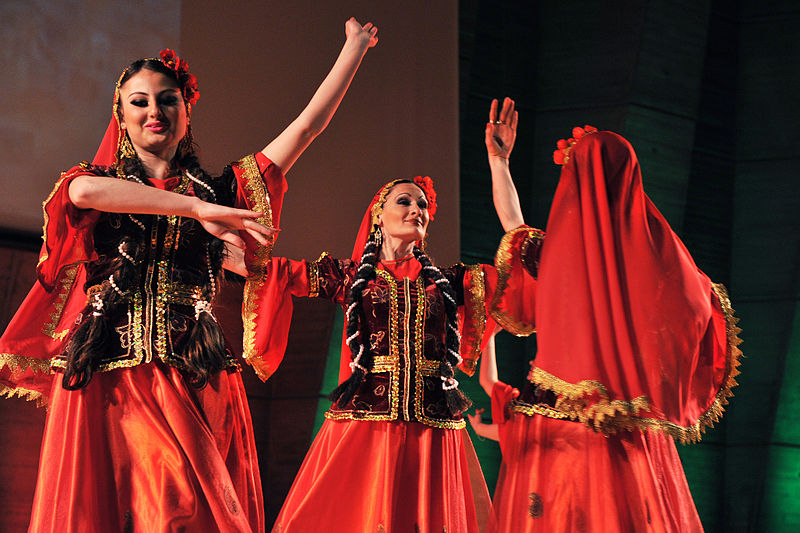
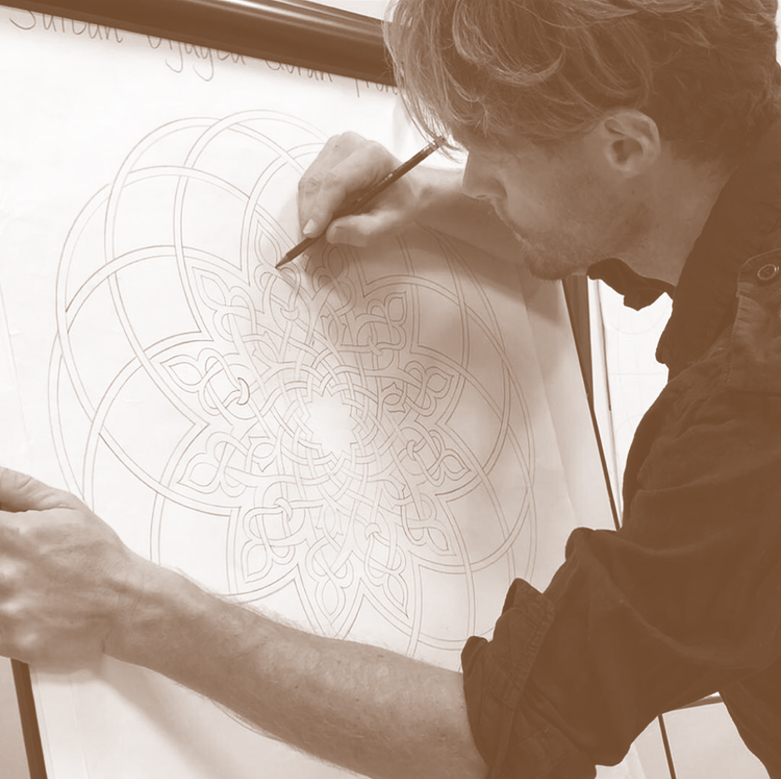
What do you think?